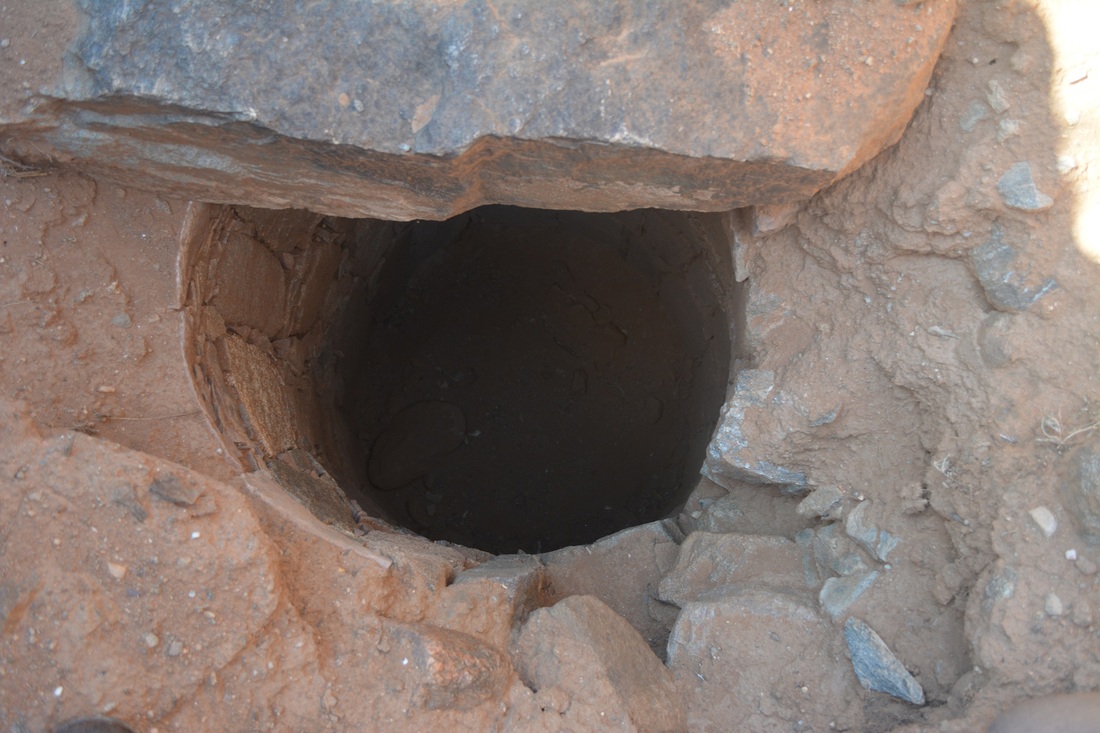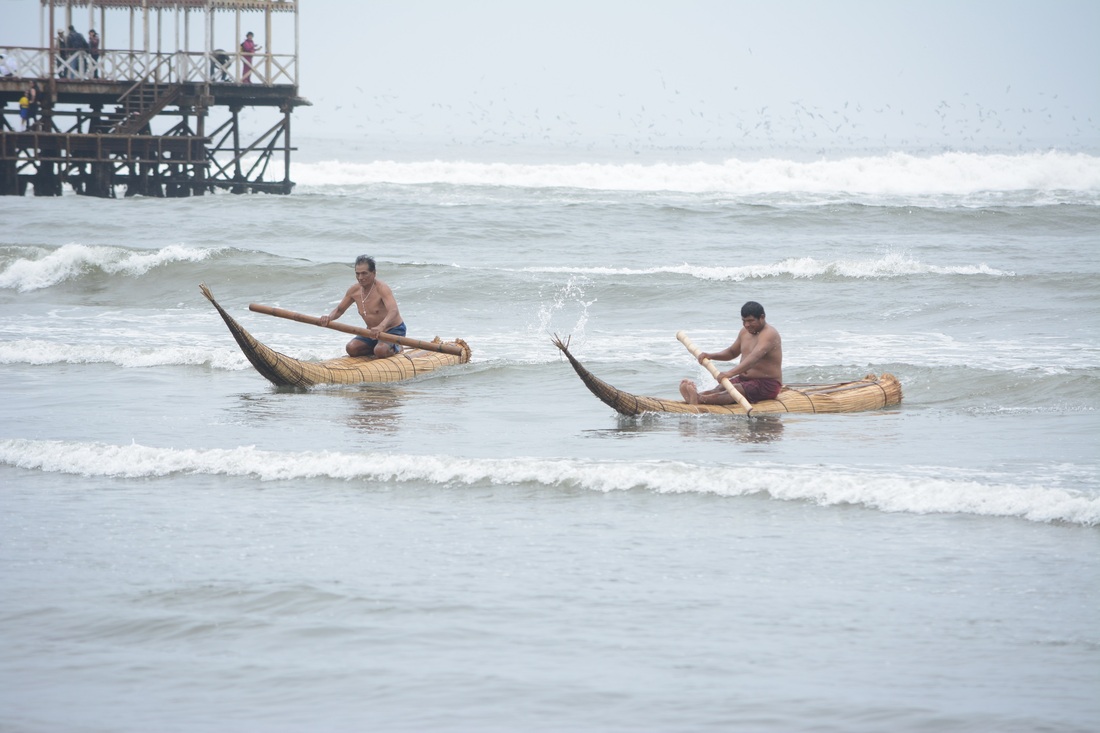Signing up to two long (18 and 30 days) trips down the Marañon River in Northern Peru was quite a commitment to the unknown. Unfamiliar with the river, the groups, and really anything to do with long rafting expeditions it was going to be a big adventure and learning experience. Sierra Rios runs regular trips down this beautiful river and can accommodate all levels of paddlers/rafters on trips ranging from a week to 30 days. Check out the website at www.sierrarios.org for more information.
The Marañon River is considered the hydrological source of the Amazon being the river that adds the most volume to the Amazon River. Over the two trips we paddled over 500km of this river passing through stunning canyons, long flat stretches and some excellent big-volume rapids. We chose to take playboats as we had the rafts to carry all our gear and it gave us the opportunity to catch and play on some of the excellent surf waves on the way down the river.
The Marañon River is considered the hydrological source of the Amazon being the river that adds the most volume to the Amazon River. Over the two trips we paddled over 500km of this river passing through stunning canyons, long flat stretches and some excellent big-volume rapids. We chose to take playboats as we had the rafts to carry all our gear and it gave us the opportunity to catch and play on some of the excellent surf waves on the way down the river.
A journey down the Marañon River isn’t just about the scenery and whitewater. One of the most interesting and rewarding parts of the voyage is meeting and interacting with the people who live in this unbelievable part of the world. For many it is a simpler life where the farming of fruits and coca leaves provide the small income needed to survive. These people live in one of the most beautiful parts of Peru (the world?) but are in danger of losing their homes and livelihood as dam projects threaten to flood their lands and villages. The biggest shame is that whilst the dam claim that their projects are for the benefit for all Peru, the energy generated will go to mining and other projects mainly owned by foreign investors. Whilst I’m all for renewable energy over fossil fuels it’s hard to maintain this view when you meet the people who will lose their homes and way of life without any foreseeable benefit for them and with no idea where they will go or if they will receive any type of compensation for the loss of their property and way of life.
On our first trip we were joined by a group of raft guides from White Fish, Montanna. A private group who were all connected to each other either through the rafting company of trip leader Randy (Glacier Guides) or through ski patrol or mutual friends. We had 18 days to paddle from Chagual to Montenegro and would pass through a grand canyon with big volume rapids before entering a few days of meandering flat water with stunning views before entering the jungle for the final couple of days and the takeout.
On our first trip we were joined by a group of raft guides from White Fish, Montanna. A private group who were all connected to each other either through the rafting company of trip leader Randy (Glacier Guides) or through ski patrol or mutual friends. We had 18 days to paddle from Chagual to Montenegro and would pass through a grand canyon with big volume rapids before entering a few days of meandering flat water with stunning views before entering the jungle for the final couple of days and the takeout.
The river eases you in with the first couple of days of easy whitewater to get the hang of a new raft set up and fully loaded boats (mainly due to the groups’ beer ration of only 5 beers per person per day). I was starting to enjoy this rafting lark, not only for the beer but for the grilled salmon, tamales, dutch oven brownies and other culinary delights that one can enjoy when you have big inflatable boats to cart down the food…quite a difference to the ramen noodles and pasta with soup mix that one normally eats on a self-support kayak trip.
After the few warm-up days the river starts to pick up in terms of rapids and or course you are still enjoying the stunning canyon setting. The highlight of the first part is a layover camp with a fresh river coming in perfect for creating natural swimming pools and with the option of walking up to view a small community not used to seeing visitors foreign or otherwise. After about 9 days we arrive at Balsas where it is possible to leave the river and climb to a small town called Celendin where one can get a hot shower and, more importantly, buy more food and supplies for the trip.
After the few warm-up days the river starts to pick up in terms of rapids and or course you are still enjoying the stunning canyon setting. The highlight of the first part is a layover camp with a fresh river coming in perfect for creating natural swimming pools and with the option of walking up to view a small community not used to seeing visitors foreign or otherwise. After about 9 days we arrive at Balsas where it is possible to leave the river and climb to a small town called Celendin where one can get a hot shower and, more importantly, buy more food and supplies for the trip.
Once back down to the river it is time to begin the most challenging few days of this section, whitewater wise. Long wavechains with occasional holes to dodge is the style of the river, and for the kayakers there are some excellent waves to surf, although few with eddy-access available. This section also boasts some lovely side-hikes where it is possible to visit old Incan ruins and even tombs. Unfortunately for us some tomb-raiders or ‘wakeros’ had got there first and kind of spoilt the site along with stealing all the gold and/or skeletons that had lain there. The biggest rapid on the Chagual down section is called Lin-Lin and this offered the group some excitement and a variety of lines including two people choosing to leave their boat for a short while.
After a few days of quality whitewater the Marañon chills out again though there are still fantastic things to see. We spent another beautiful layover at a campsite where some huge granite slides formed natural swimming pools where we spent most of the day accompanied by a few beers. Another highlight of this campsite was the nest with two hummingbird chicks whose mum would periodically come by to feed them. Shortly after this campsite we arrived at the Amazon Cavern, a natural cave big enough to camp in (although we didn’t) and perfect for a group photo. The scenery begins to change as we leave the grand canyon part and head in to some flatlands where the river ribbons out into countless channels (sometimes tricky to stay in the deepest/fastest one) and paddy fields can be seen on the river banks.
For the final two days of the trip the Marañon was boosted by a tributary of roughly equal volume and the banks started to build up again but rather than the arid canyon of before we were now entering the jungle and the banks were lined with vegetation. The extra water and narrowing of the river meant that the rapids began again. A moment of excitement was had when one boat flipped trying to pass a large wave hole (turns out this was perfect for surfing in the kayaks), but this was quickly sorted out and we were on our way down to the takeout. The left-hand side of the river for this last day is home to the indigenous tribe called the aguarunas (water people) and on our last night we were able to speak with them, learn more about their lifestyle and even play a game of football which they won rather convincingly.
All that was left was to pack up the boats and drive to Bagua Chica, the hottest city in Peru, where -we all went our separate ways. The group off to check out the historical site at Chachapoyas and Julio and I back to Trujillo for a bit of surfing and to prepare for the next trip. At the beach at Huanchaco we discovered traditional reed kayaks used for fishing in the surf. Potentially the world's first ever surf kayaks?
All that was left was to pack up the boats and drive to Bagua Chica, the hottest city in Peru, where -we all went our separate ways. The group off to check out the historical site at Chachapoyas and Julio and I back to Trujillo for a bit of surfing and to prepare for the next trip. At the beach at Huanchaco we discovered traditional reed kayaks used for fishing in the surf. Potentially the world's first ever surf kayaks?











 RSS Feed
RSS Feed
